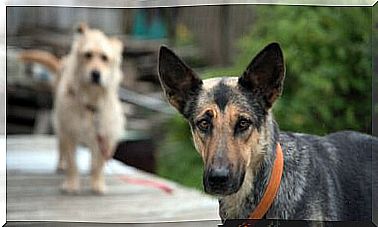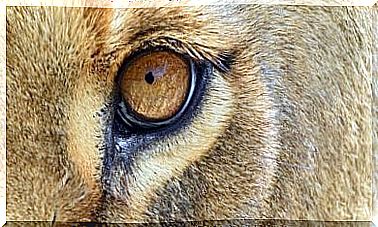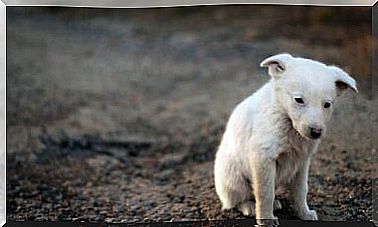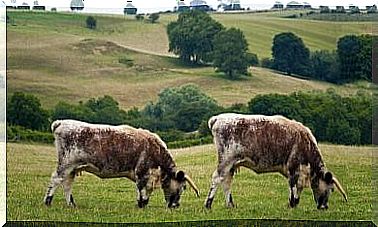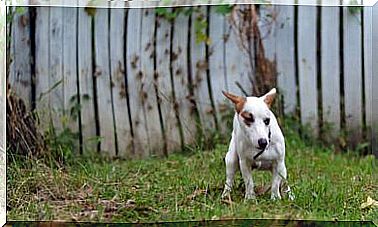Animal Videos Can Promote The Illegal Animal Trade
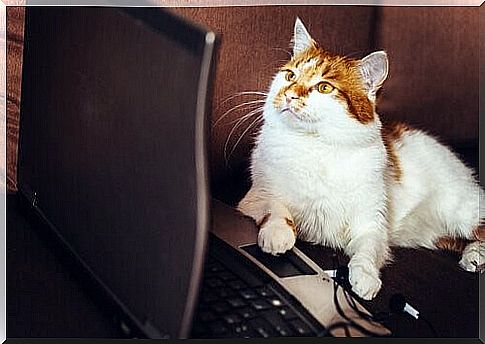
Animal videos are cute and interesting, but they also pose dangers for the animals being filmed. We all love to see it and share it on social media, but this innocent gesture also has dark downsides in some cases.
For example, the Sunda slow lorikeet became very popular in 2009 when various animal videos of this species were published on the Internet. You could see the little Loris eating bananas or being tickled. But what consequences can these videos have?
Animal videos and their dangers
While many of the species featured on animal videos on social networks are really cute and fun, they are often wildlife animals that are critically endangered.
Because of this, a group of researchers decided to analyze the effects of these animal videos on the conservation of the species.
The team analyzed more than 12,000 comments on videos posted on YouTube. The animals were not only described as “sweet and cute”. Many also expressed a desire to keep and purchase them as pets. They also asked where they can be bought.
The researchers therefore suspect that animal videos could be directly linked to the illegal trade in endangered species. Primatologist Anna Nekaris explains that Sunda slow loris were little known until the said videos were published.
These are wild animals whose keeping as pets is prohibited. This tears them away from their natural habitat. This species can hardly be bred in captivity.
In the study, Nekaris and her colleagues classified the comments on the videos into different categories. They also analyzed the impact famous people can have on these videos.
A change in perception
Fortunately, researchers have also used these animal videos to publicize this species and its problems. In March 2011, for example, the website of a well-known online encyclopedia, which is visited by millions of people, was changed to draw attention to the situation.
Similarly, a 2012 documentary addressed this problem.
It has been shown that the comments on the networks change a lot over time. There is now more awareness and information on the subject.
The problem with videos of wildlife in humanized settings, as is the case with videos of the Loris, is that they show that these animals could be good pets. And even claim that these animals are not critically endangered.
They also show that we do not fully understand wildlife behavior. In the animal videos that show this species, the primate appears to be raising its arms.
The truth is that this species of animal has poisonous glands there. So it is more of a defensive behavior than a sign of affection or fun in tickling.
The NGO “International Animal Rescue” has created a website called “Tickling is Torture”, on which they report on the problems of this species and its illegal trade. We hope that the same injustice does not happen to other animal species on social networks.
